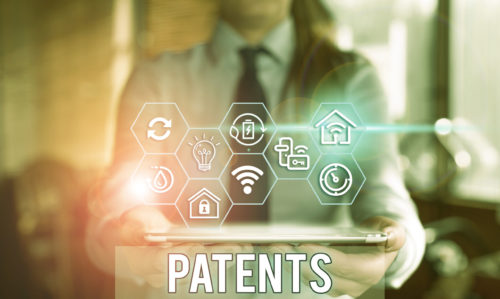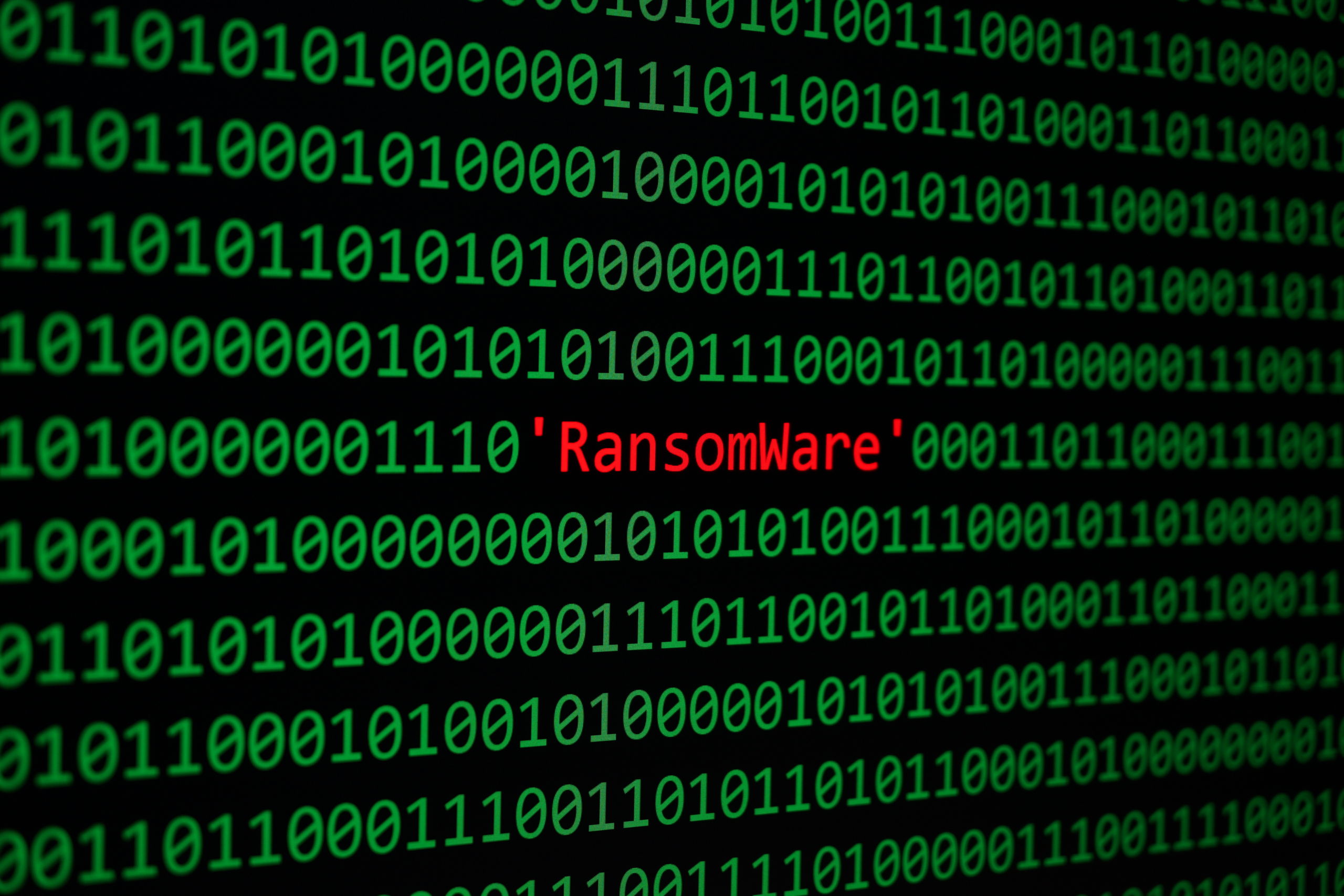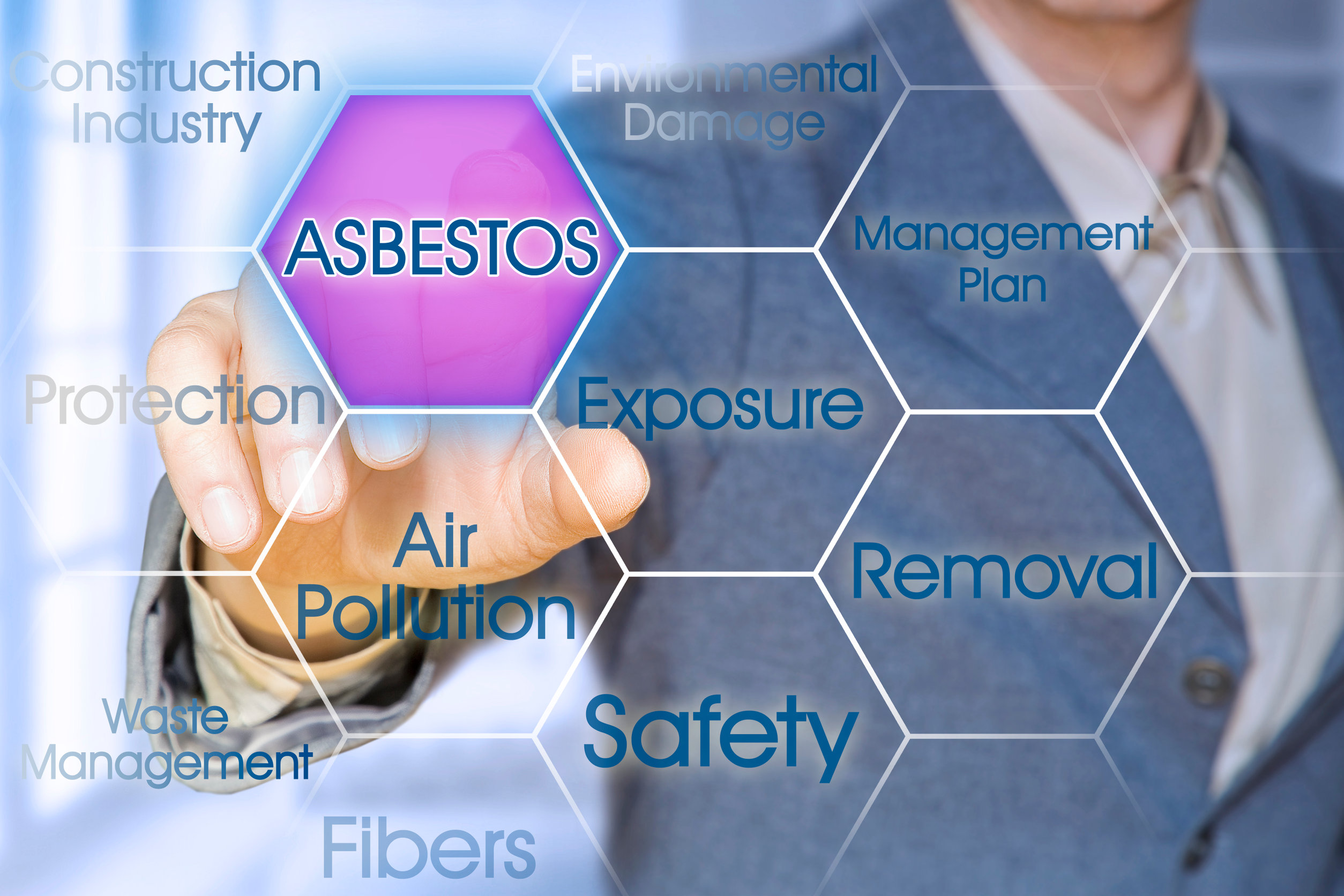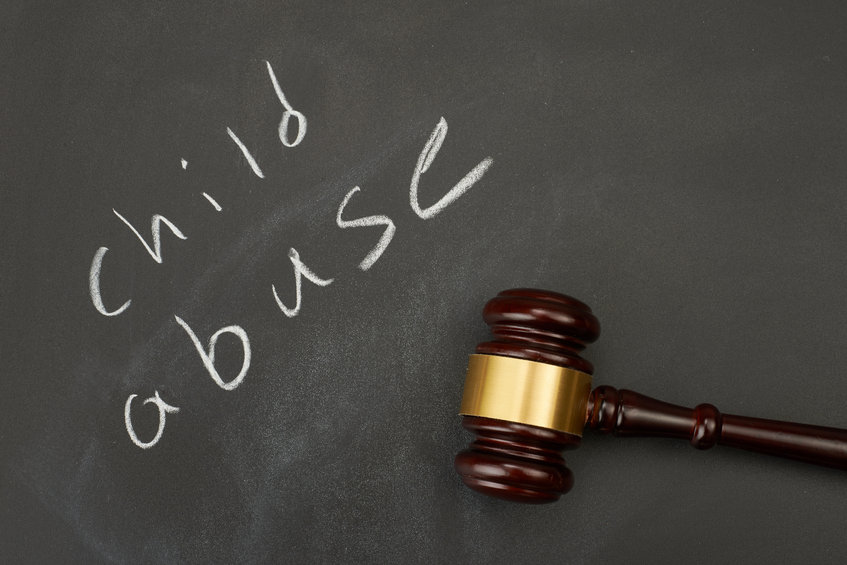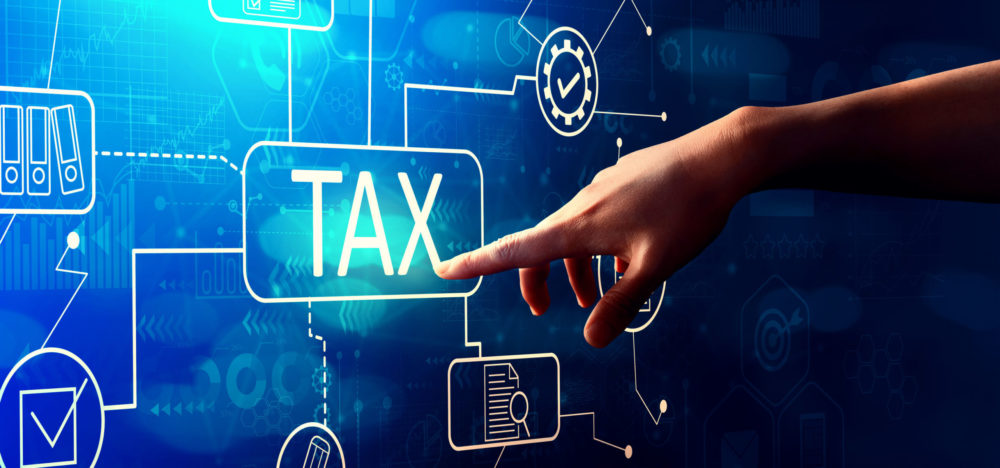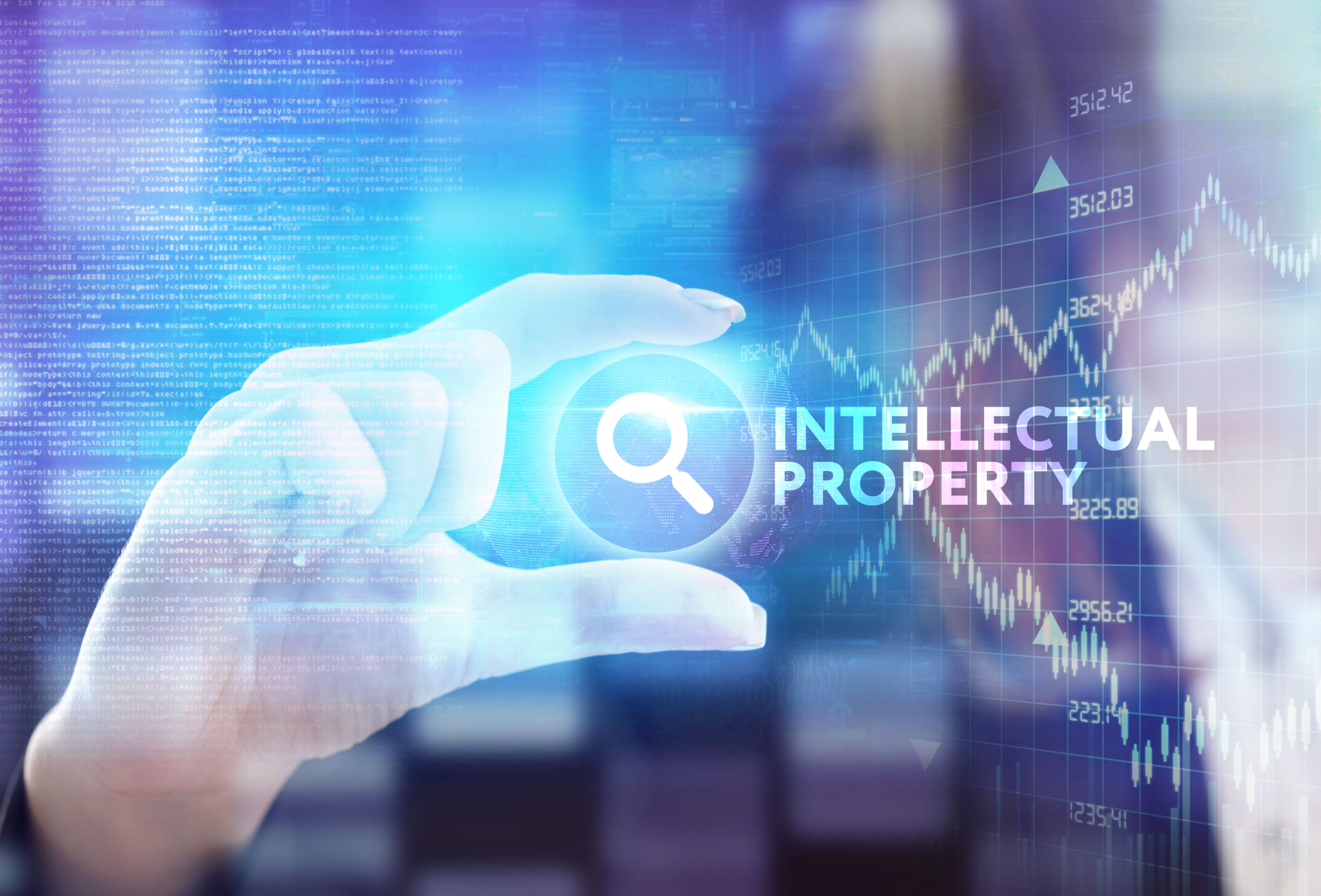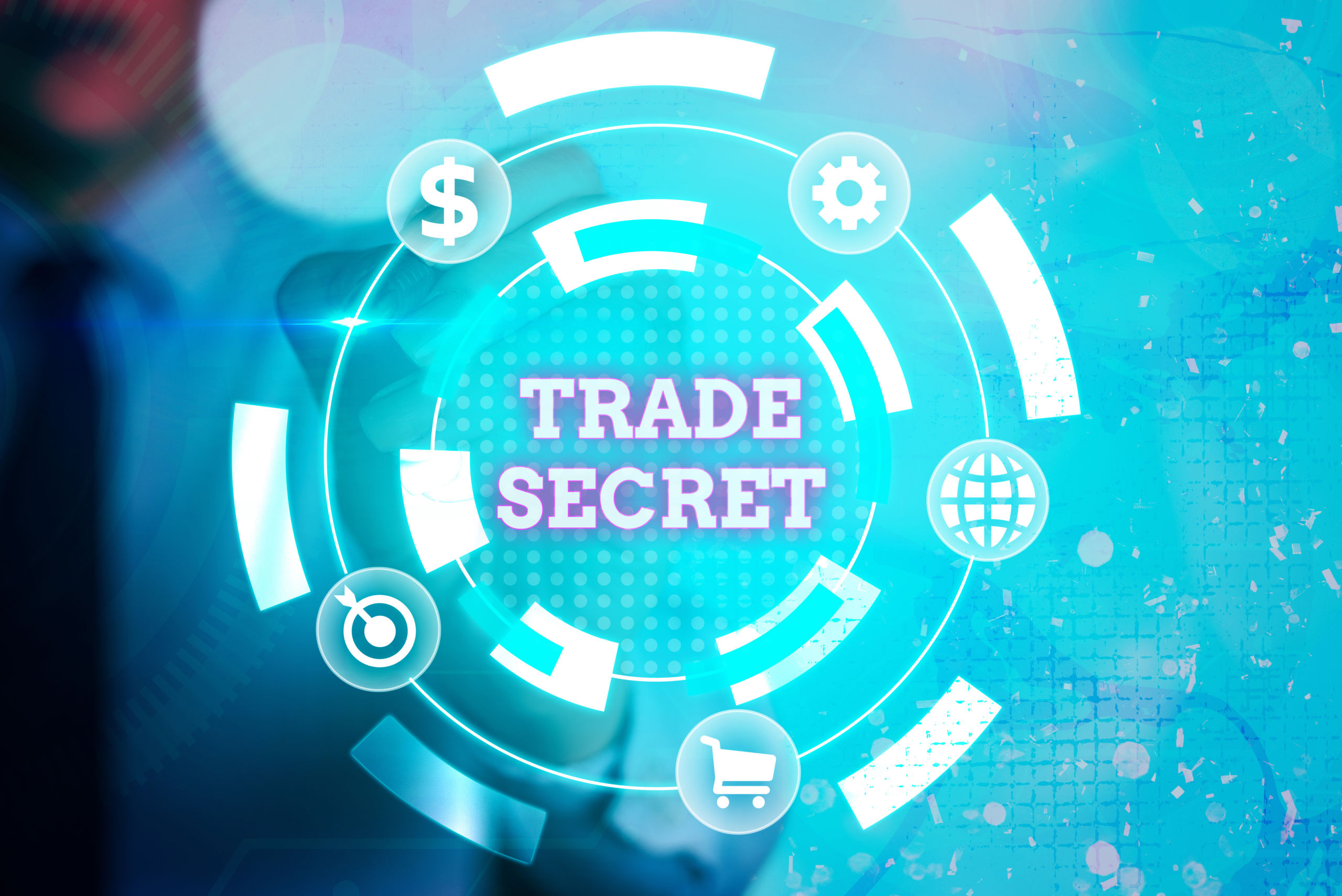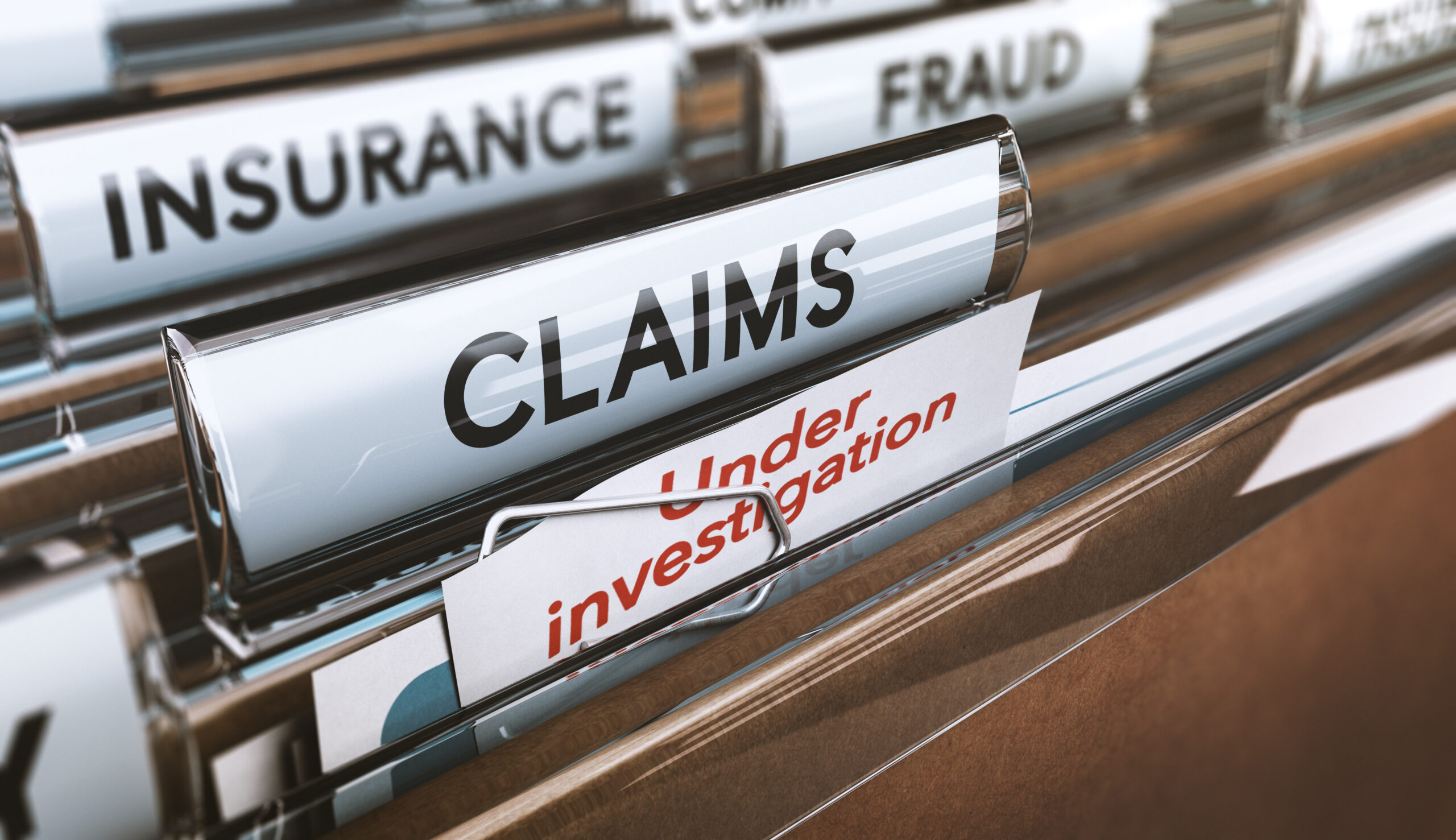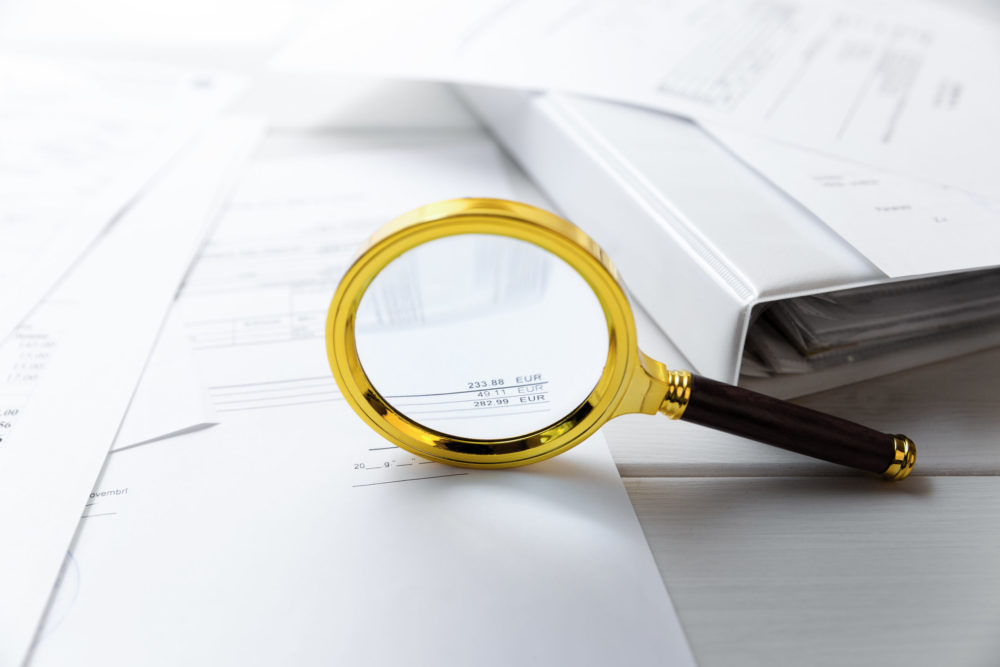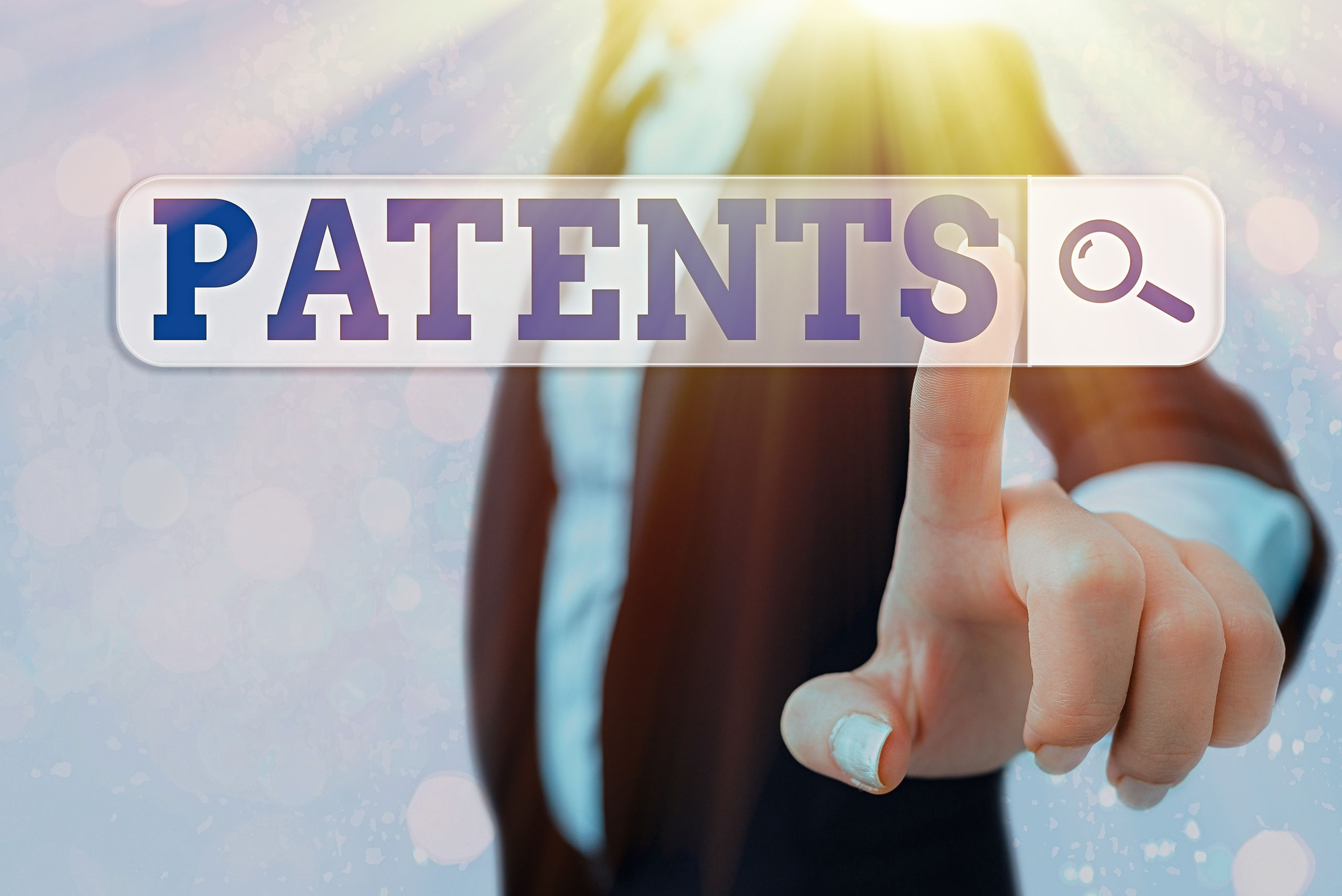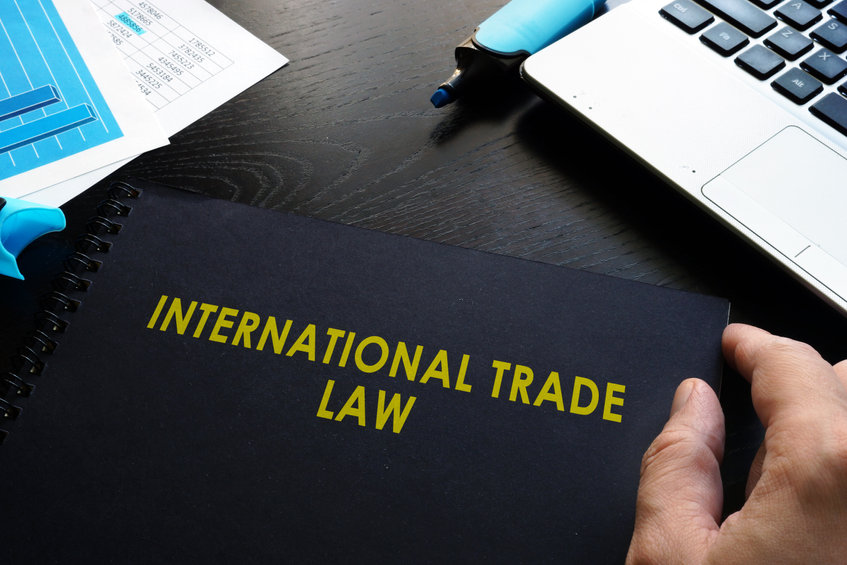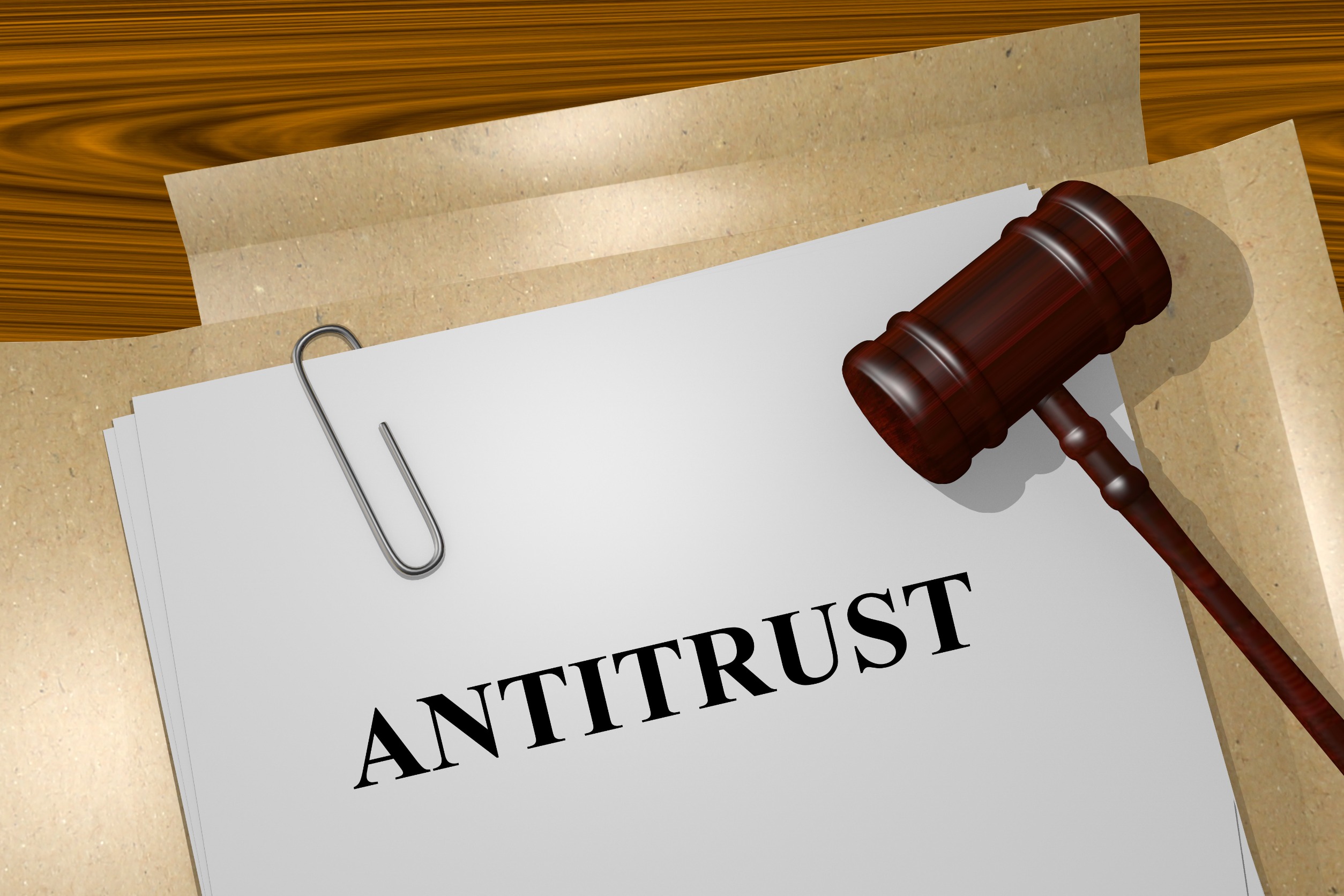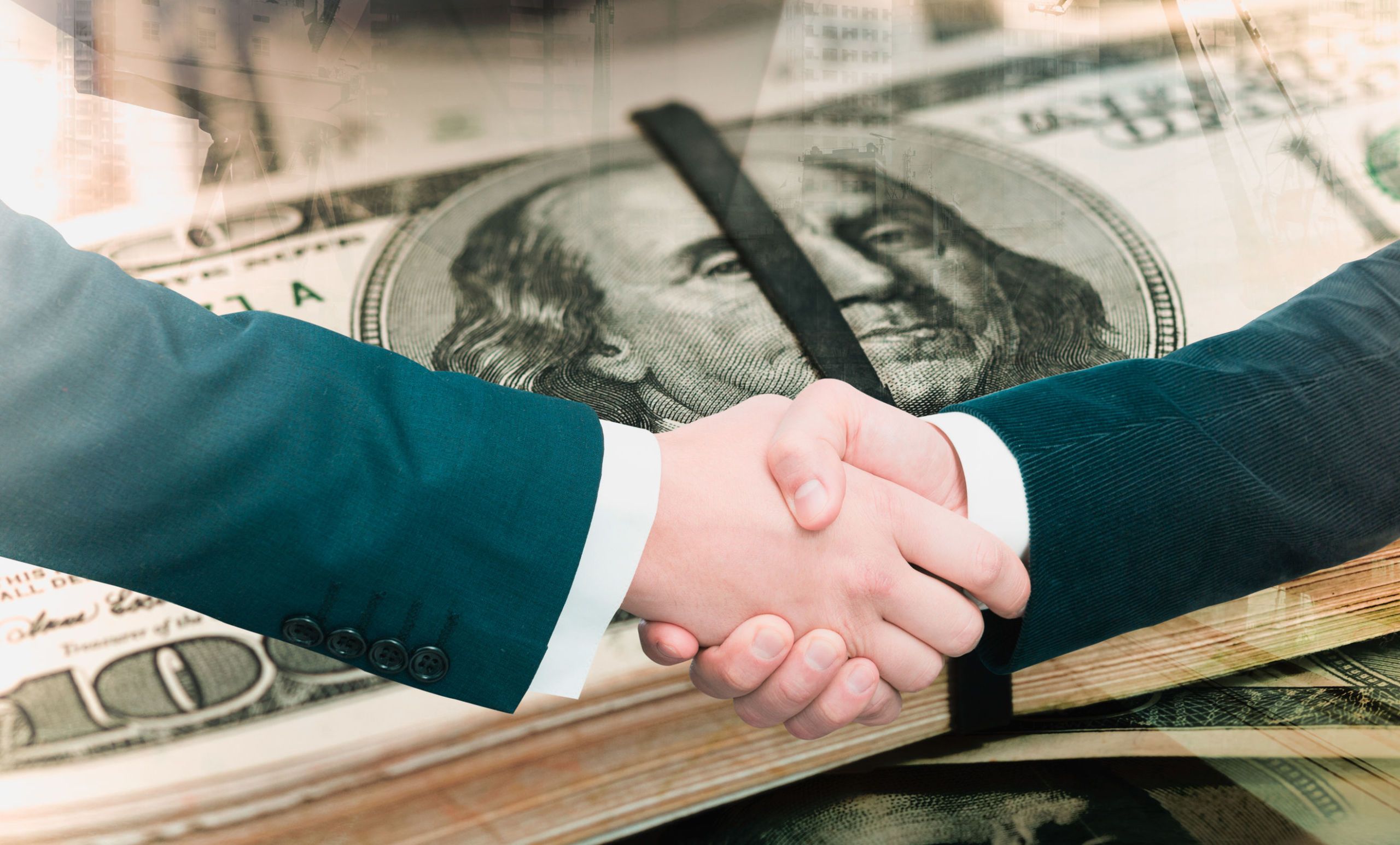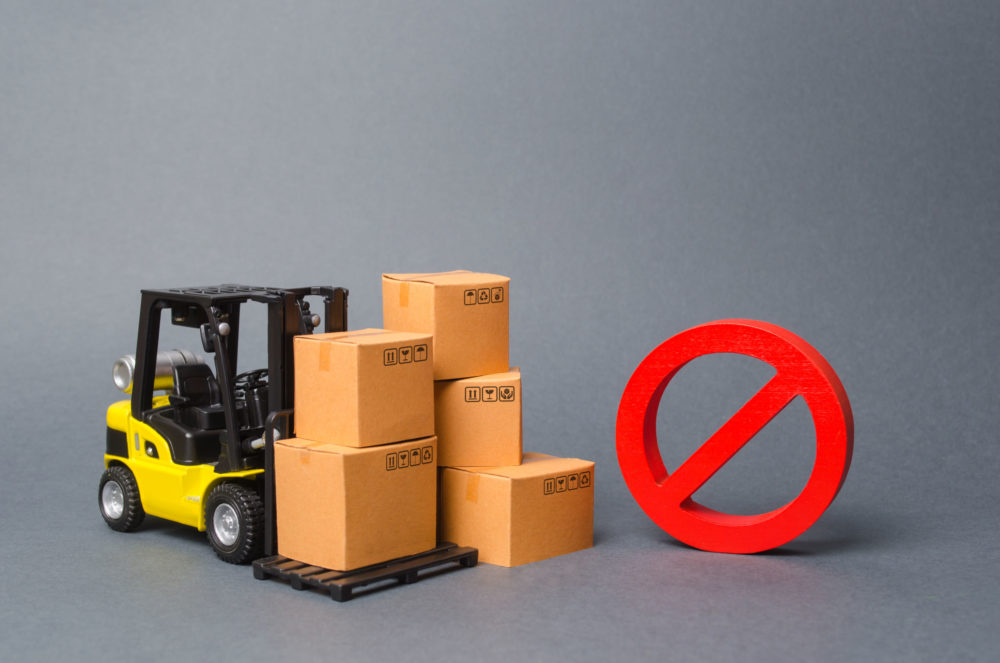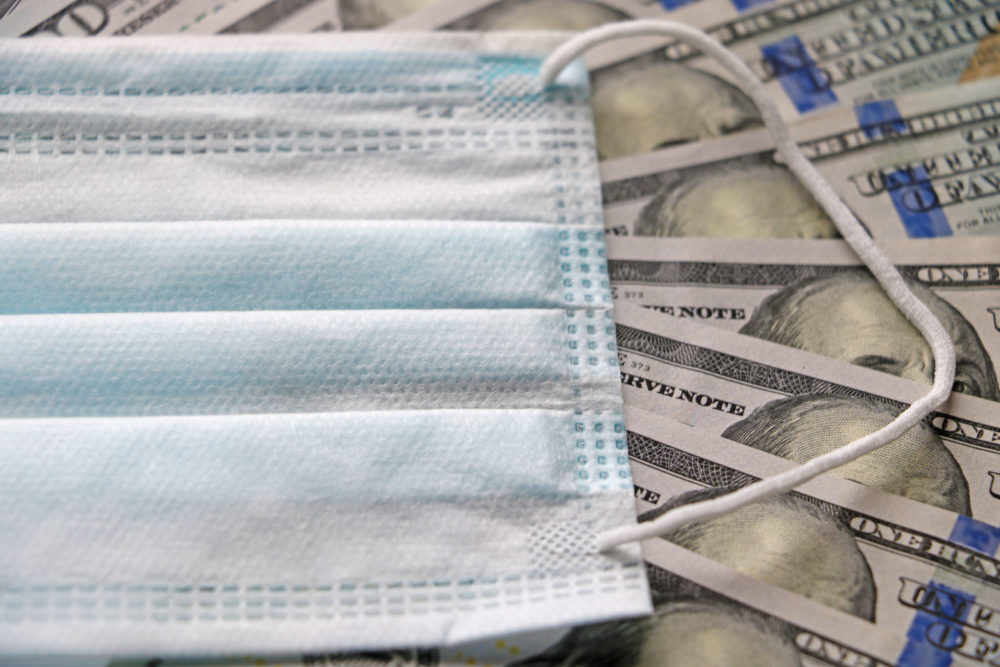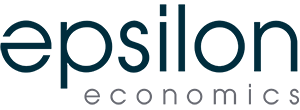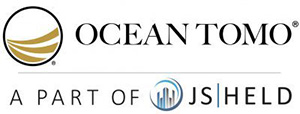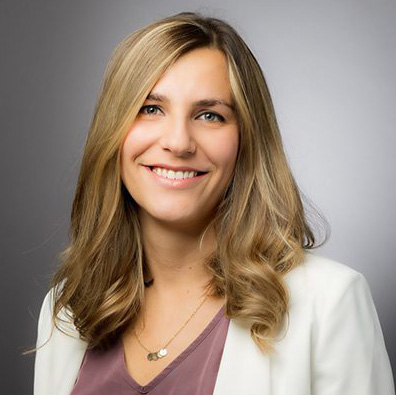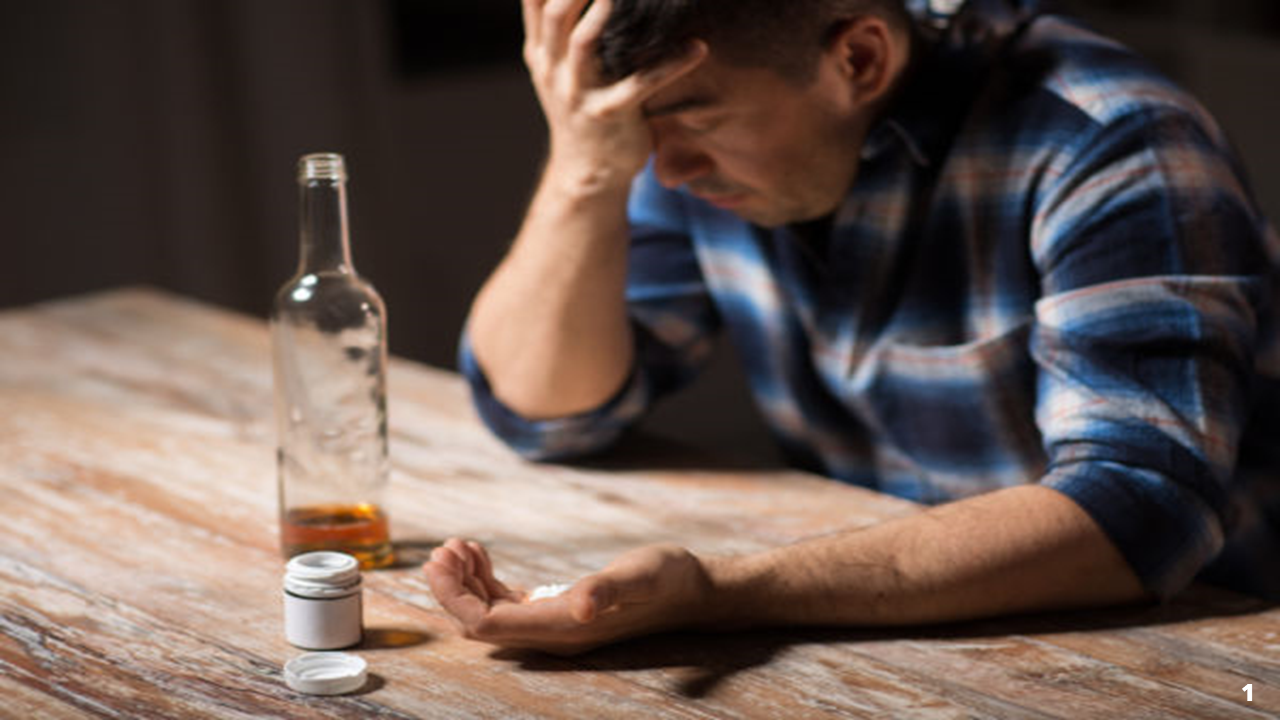Broadcast Date: Thursday, April 13, 2023
from 12:00 pm to 1:00 pm (ET)
Overview:
In February 2022, the United States Court of Appeals for the Federal Circuit (CAFC) revoked the decisions on Apple Inc. v. Wi-LAN Inc. and California Inst. of Tech. v. Broadcom Ltd. due to flawed expert’s opinion. This resulted in the vacation of previous verdicts of $85 million and $1.1 billion and the remand of new trials on damages. This notable development underscores the significance of an expert’s opinion to be tethered to the facts of the case to ensure its admissibility.
As these, and other notable court rulings, provide considerable implications for the calculation of patent damages moving forward, plaintiffs and practitioners alike must keep themselves apprised of emerging developments.
Listen as IP specialist Kathleen Akers (Epsilon Economics) and experienced testifying expert Joanne Johnson, CPA, CLP (Ocean Tomo LLC) provide an in-depth discussion of the latest trends and notable court rulings impacting patent damages calculation. Speakers, among other things, will also offer useful tools and the best calculation techniques to avoid pitfalls.
Key topics include:
- Patent Damages Calculation: Trends and Developments
- Notable Case Rulings
- Analyzing Significant Implications on Calculating Patent Damages
- Best Calculations Tools and Techniques
- What Lies Ahead
Learning Objectives:
- Analyze the implications of recent patent-related court decisions and other notable cases.
- Understand the significance of an expert’s opinion in ensuring case admissibility.
- Discover useful tools and calculation techniques.
Credit:
Course Level:
Intermediate
Advance Preparation:
Print and review course materials
Method of Presentation:
On-demand Webcast (CLE); Group-Internet Based
Prerequisite:
General knowledge of patent laws
Course Code:
149915
NY Category of CLE Credit:
Areas of Professional Practice
NASBA Field of Study:
Accounting – Technical
Total Credit:
1.0 CLE
1.0 CPE (Not eligible for QAS (On-demand) CPE credit)
How to Claim CLE Credits Per State:
https://knowledgewebcasts.com/how-to-claim-cle-credits-per-state/
CLE State Requirements:
https://knowledgewebcasts.com/cle-state-requirements/
CPE State Requirements:
Speaker Panel:
Kathleen Akers, Director
Economics and IP Specialist
Epsilon Economics
Kathleen Akers is a Director at Epsilon Economics specializing in applying economics to intellectual property, international trade, and complex commercial disputes. Kathleen has assisted in preparing numerous expert reports submitted to U.S. Federal District Courts, the U.S. International Trade Commission, the International Court of Arbitration, as well as provided consulting services for clients across a wide range of industries.
Kathleen has performed economic analysis for international trade disputes regarding domestic industry, remedy, bond, commercial success, injury, and public interest in Section 337 intellectual property matters before the U.S. International Trade Commission.
Joanne Johnson, CPA, CLP, Senior Director
Ocean Tomo LLC, a part of J.S. Held
Joanne Johnson is a Senior Director at Ocean Tomo, a part of J.S. Held. She works in Ocean Tomo’s Intellectual Property Disputes Financial Expert Testimony practice in the firm’s Chicago headquarters. The practice quantifies economic damages arising from Intellectual Property disputes and provides general litigation support.
Ms. Johnson has consulted on various engagements involving the determination of economic damages for patent infringement. While specific issues vary by engagement, most have included evaluation and analysis of financial and strategic data to support or rebut quantification of lost profits, reasonable royalties, price erosion, and/or unjust enrichment.
Agenda:
Segment 1:
Kathleen Akers, Director
Epsilon Economics
- Introduction
- What is the International Trade Commisssion?
- Protection of IP rights: unfair import investigations under 19 U.S.C. § 1337 (“Section 337”)
- Headed by six Commissioners who are nominated by the President and confirmed by the U.S. Senate
- Three areas of U.S. international trade:
- Adjudication;
- Research and analysis; and
- Maintaining the Harmonized Tariff Schedul
- What are Section 337 Investigations?
- To obtain Section 337 remedies, the complainant must establish, among other things, an “industry”1 in the U.S.:
- Technical Prong: articles protected by the IP
- Economic Prong: domestic industry
- Economic Prong:
- (A) significant investment in plant and equipment;
- (B) significant employment of labor or capital; or
- (C) substantial investment in the exploitation of the IP, including through
- engineering, research and development, or licensing.
- To obtain Section 337 remedies, the complainant must establish, among other things, an “industry”1 in the U.S.:
- Economic Implications of ITC Remedies
- Remedies of a Section 337 investigation include:
- Limited or general exclusion order prohibiting importation of infringing products into the U.S.
- Cease and desist order
- Bond during 60-day Presidential Review Period
- No damages awarded, but…
- Popularity of ITC has significantly increased
- Nearly all ITC complaints also had a concurrent district court case asserting the same underlying claims
- Remedies of a Section 337 investigation include:
- Recent Case Law
- Overhead Door and Chamberlain
- Apple and Ericsson
- Areas for caution in damages calculations
- Bond
- Public interest
- Conclusion
Segment 2:
Joanne Johnson, CPA, CLPSenior Director
Ocean Tomo LLC, a part of J.S. Held
- Introduction
- Brief overview of Panduit Factor analysis
- Panduit Corp. v. Stahlin Bros. Fibre Works, Inc.
- Overview of four factors, with focus on Factors 1 and 2
- Panduit Corp. v. Stahlin Bros. Fibre Works, Inc.
- Discussion of notable cases relevant to Factors 1 and 2
- DePuy Spine, Inc. v. Medtronic Sofamor Danek, Inc. (2009)
- Demand
- Factor 1 asks whether there is demand for the patented product as a whole
- Factor 1 does not require any allocation of demand among the various limitations recited in a patent claim
- Non-Infringing Alternatives
- Factor 2 addresses the elimination or substitution of particular features corresponding to claim limitations
- Demand
- Presidio Components, Inc. v. Am. Tech. Ceramics Corp. (2012)
- Demand
- Demand is not limited to demand for the patented products.
- Demand can also arise from a product that directly competes with the infringing device
- Non-Infringing Alternatives
- A patentee does not have to prove every instance of no non-infringing alternatives.
- A patentee only has to show there was a reasonable probability that the sales would have been made but-for the infringement.
- Demand
- Georgetown Rail Equip. Co. v. Holland L.P. (2017)
- Demand
- Sales do not have to be made during the damages period to show demand
- Evidence of demand before the damages period may suffice for Factor 1
- Demand
- DePuy Spine, Inc. v. Medtronic Sofamor Danek, Inc. (2009)
- Discussion of commonly misused cases
- Mentor Graphics Corp. v. Eve-USA, Inc.
- Discuss recent denied Daubert motions that cite to Mentor Graphics to support apportionment of demand/apportionment of lost profits
- Garretson v. Clark, 111 U.S. 120 (1884)
- Disgorgement of defendant’s profits is an obsolete remedy and is a different remedy from a plaintiff’s lost profits
- Disgorgement of profits have not been available as a remedy for patent infringement since 1946, when Congress amended the patent statute
- Mentor Graphics Corp. v. Eve-USA, Inc.
- Conclusion / Wrap-Up
Date & Time:
Thursday, April 13, 2023
12:00 pm to 1:00 pm (ET)
Who Should Attend:
- Patent Lawyers/Consultants
- Intellectual Property Lawyers/Consultants
- Commercial Litigation Attorneys
- Chief Patent Counsel
- Chief Intellectual Property Officers
- Intellectual Property Managers
- Patent Analysts
- Patent Agents
- Patent Managers
- General Counsel
Join Over 160,000 Professionals Empowering Their Careers
Learn anywhere from over 3000+ live and recorded CLE, CPE & Technology Webcasts.


